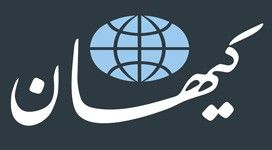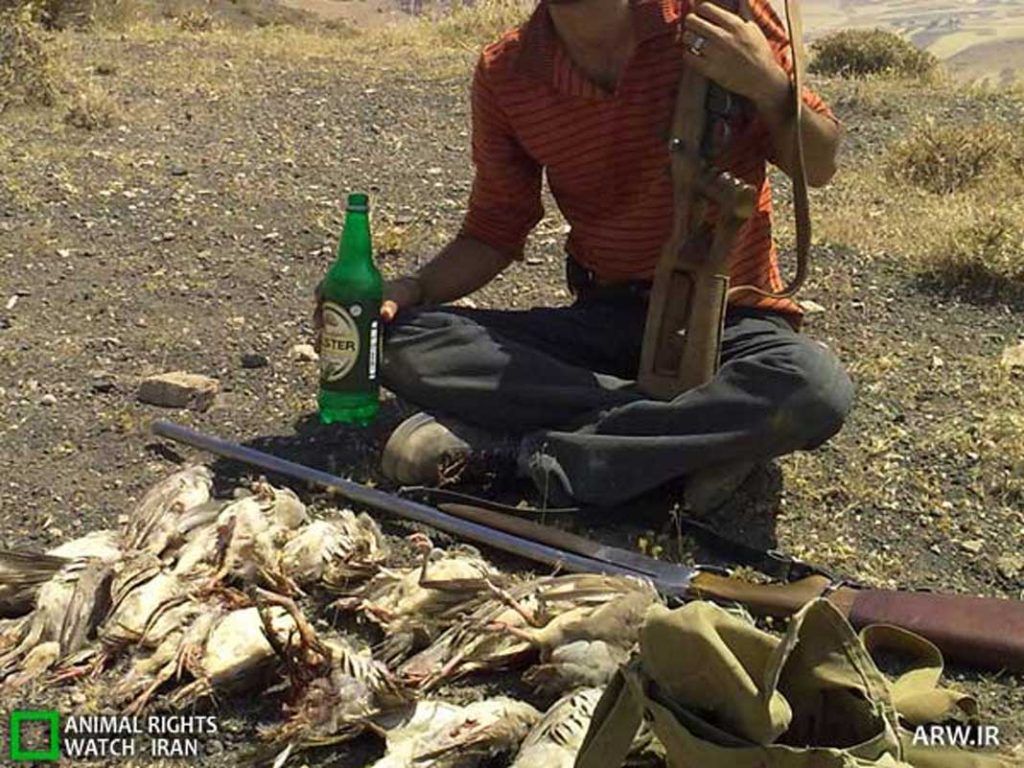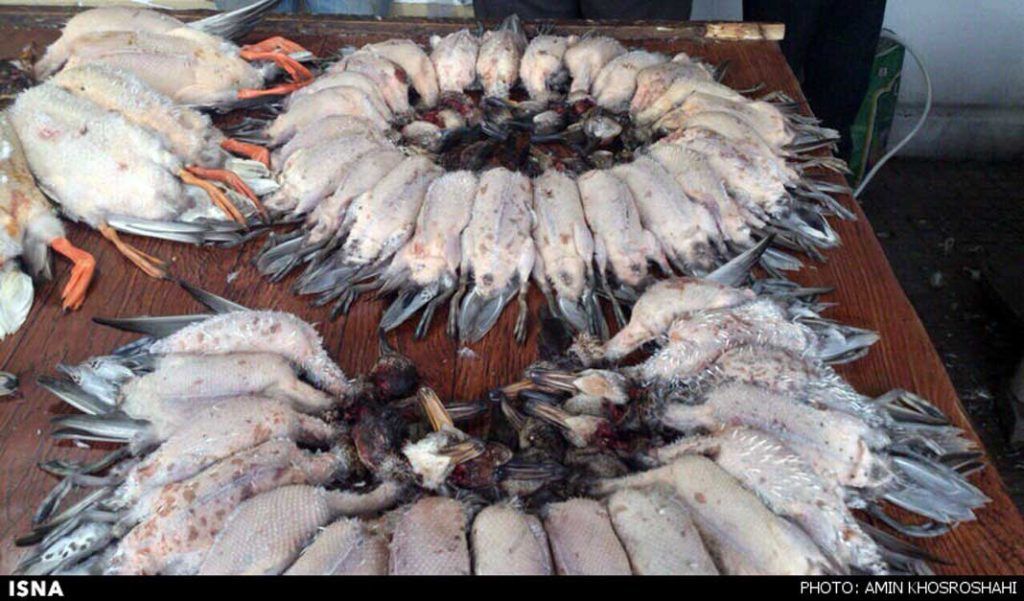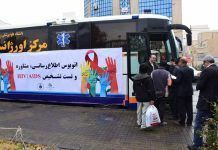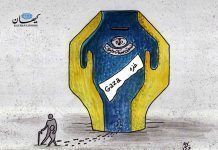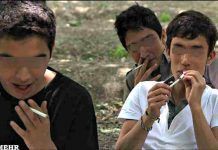October 26, 2016
The trafficking of birds remains a key component of Iran’s lucrative black market economy despite the government’s new tough measures to battle the illegal trade of wildlife. Wildlife smugglers readily risk paying hefty fines for potentially large financial gains.
Many conservationists are horrified by the large number of predatory and migratory birds that are hunted, captured, and poached every year. The endangered birds of prey reportedly fetch the highest price on the black market and are particularly popular with wealthy clients in the Persian Gulf region.
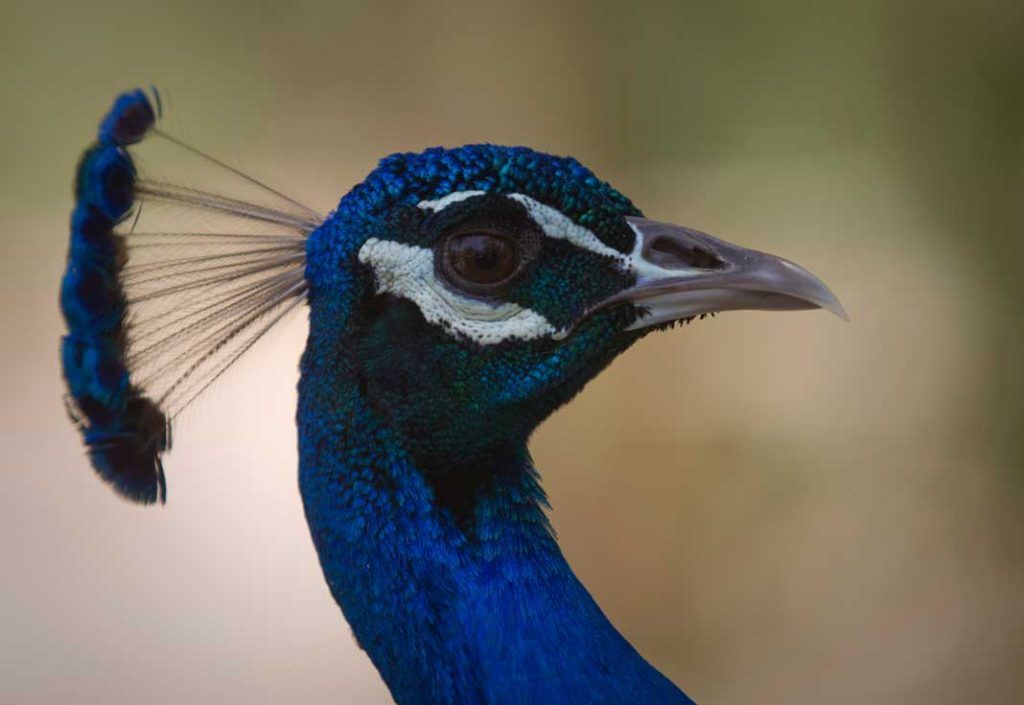
Reuters©
There was a significant rise in the number of migratory birds killed in 2015 compared to the previous year. This is a clear indication that the Environmental Protection Agency has failed to deliver on its promise to curb illegal hunting.
Over 3,000 wild ducks were killed in Fereydunkenar (a resort by the Caspian Sea) in November 2015. It is suspected that many of the million or so unregistered firearms have been used in illegal hunting of birds in Iran.
Police carried out a series of raids between March and August of 2016 in provinces of West Azerbaijan, Sistan and Baluchestan, Golestan and Lorestan, which resulted in a number of arrests and seizure of 800 Brazilian parrots, 490 mynas, 20 larks, five goldfinches, and 35 rare birds. Such success stories are few and far in between. Majority of traffickers are never arrested and continue to transport and sell their illegal goods across borders with impunity.
According to Article 13 of Hunting and Fishing Law, the penalty for capturing predatory birds carries a mandatory three-year jail sentence and 600,000,000 rials ($19,000) in fines.
Sam Khosravifard, a journalist and environmental researcher, does not believe that tougher penalties would curb wildlife trafficking. He told Kayhan-London, “when we examine the data released by the Environmental Protection Agency and the Department of Hunting and Fishing for 2014 and 2015, we notice that steeper fines have failed to reduce the number of illegal huntings. The arrests and seizures that are reported in the media reveal just the tip of the iceberg, there is a much bigger problem.”
Khosravifard says: “Poachers, hunters, trappers, and smugglers always use their dire economic conditions as justification for decimating the country’s natural treasures.” But he acknowledges that people who take such big risks must be living under desperate financial circumstances. He points out: “Clients in the Persain Gulf region pay between 20m to 80m tomans ($6,000 to $20,000) for a bird of prey. Even so, it is highly unlikely that the person who actually risks his life and captures the bird in the wild is paid anywhere near that amount.” Khosravifard added: “The operation of the wildlife traffickers has three components; they either transport the animals out of Iran, or smuggle them into the country, or move them around within the borders.”
Lack of Oversight
Iman Mehdizad, a journalist living in Tehran, told Kayhan-London that a trapper is paid somewhere between $250 and $300 for a saker falcon which is then sold to a client in the Persian Gulf area for around $20,000.
Iman Mehdizad believes that most water birds are captured in the northern wetlands, particularly around Fereydunkenar and then transported to various locations. He claims that “there is also strong evidence that birds in large numbers are captured in Hawr Al-Azim lagoon in Khuzestan province and shipped to different destinations.”
He adds: “Predatory birds live mostly in the western ranges of Alborz and Zagros mountains, including highlands of Azerbaijan, Sahand, Sabalan and Dalampardagh peak.”
Mehdizad says: “Recently, some judges have handed down longer jail sentences that might scare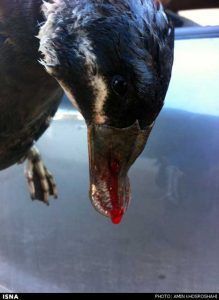 some trappers, but on the other hand, it may also raise the prices of rare birds in the black market. However, most trappers and traffickers who live in poverty gladly risk imprisonment for a substantial windfall from their illegal bird trade.”
some trappers, but on the other hand, it may also raise the prices of rare birds in the black market. However, most trappers and traffickers who live in poverty gladly risk imprisonment for a substantial windfall from their illegal bird trade.”
Mehdizad concludes: “In most cases the captured birds are put aboard a dhow and transported from small port cities of Kangan, Deylam, Lengeh, Ganaveh, and lar to various destinations in the Persian Gulf. Most of the profit goes to the owner of the dhow who deals either with the middlemen or the wealthy Gulf clients. The birds are kept in small cages and hidden away in dark rooms, sometimes for a month or longer.”
Khosravifard says: “According to the heads of the Environmental Protection Agency and the Department of Administration and Hunting and Fishing,19 bird gardens and zoos operate without license in Iran. This is just part of the story. There are also many rest stops along highways and pet shops that operate without a permit. It is unclear how rare birds end up at these rest stops. Some claim that the bird population has grown in captivity. Even if that were the case, lack of oversight regarding the habitat, heath, diet, and birth and death rates of rare birds cannot be disputed.”
Khosravifard describes the current state of Iran’s wildlife as “grim” adding: “The illegal bird trade is part of a bigger environmental tragedy that is facing the country. We are witnessing a gradual decimation of the wildlife habitat. Iran is also facing other serious problems such as water shortage, drought, forest fires and dust clouds which, at one point in the future, might make the country inhabitable altogether .”
[responsivevoice_button voice=”US English Female” buttontext=”Listen to this “]


